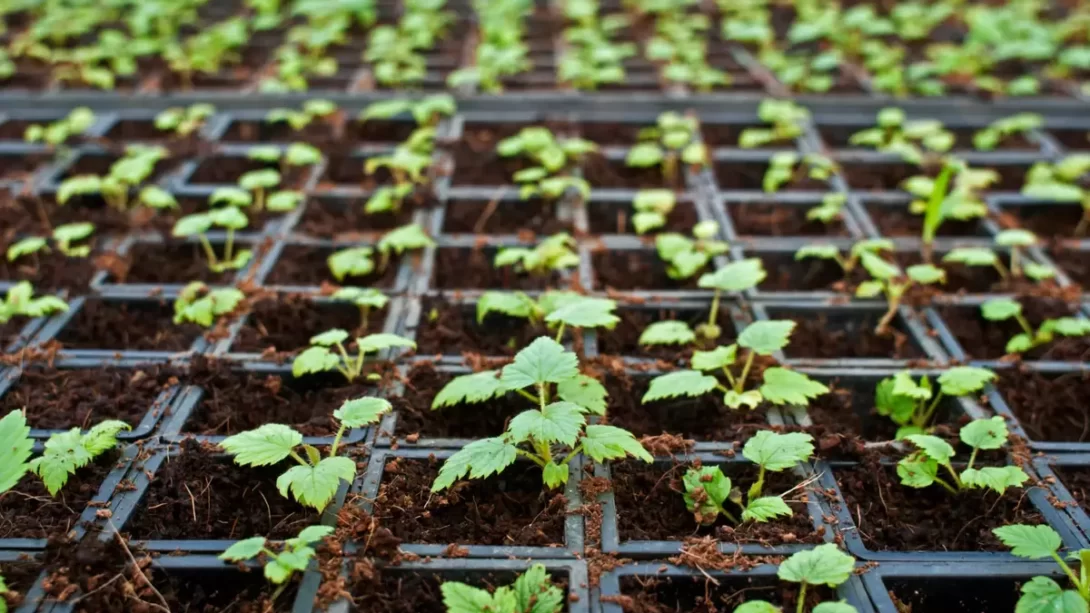Raspberries are a favorite among home gardeners, offering delicious fruit and attractive foliage. There are times when raspberry plants need to be transplanted, whether for site improvement, to propagate new plants, or to rejuvenate older patches. Understanding when and how to transplant raspberries effectively is crucial to maintain their health and ensure continued productivity.
Raspberry Growth Cycles
Raspberry plants have distinct growth cycles, which vary between summer-bearing and ever-bearing (or fall-bearing) varieties. Summer-bearing varieties produce fruit once a year on two-year-old canes (floricanes), while ever-bearing varieties can produce fruit twice a year, both on first-year (primocanes) and second-year canes. This growth pattern plays a significant role in determining the best time for transplanting.
Importance of Timing in Transplanting Raspberries
The timing of transplanting raspberries is critical. Transplanting at the wrong time can stress the plants, leading to poor establishment, reduced vigor, and diminished fruit production. The goal is to transplant at a time when the plants are dormant but the conditions are favorable for root establishment.
Ideal Conditions for Raspberry Growth
Raspberries thrive in well-drained, fertile soils with a pH between 5.5 and 6.5. They require a sunny location with at least six hours of sunlight per day. Proper site selection is crucial for the health of the plants. The new site should be prepared well in advance of transplanting, ensuring that the soil is rich in organic matter and free from perennial weeds.
Preparing for Raspberry Transplantation
Preparation for transplanting involves both preparing the raspberry plant and the new site.
- Plant Preparation: Prune the raspberry canes to about 6-8 inches tall to reduce transplant shock. This pruning makes the plant easier to handle and focuses the plant’s energy on re-establishing its root system.
- Soil Preparation: Amend the soil in the new location with compost or well-rotted manure to enrich the soil. Ensure good drainage as raspberries do not tolerate waterlogged conditions.
The Best Time to Transplant Raspberries
The optimal time for transplanting raspberries is early spring or late fall, coinciding with the plant’s dormant period. In spring, transplant them as soon as the soil can be worked and before new growth starts. In fall, aim to transplant after leaf drop but before the ground freezes. This timing allows the roots to establish before the growing season or before winter sets in.
Transplanting Raspberries: A Step-by-Step Guide
Transplanting raspberries requires careful handling to minimize damage and ensure successful establishment in their new location. Follow these steps for effective transplantation:
- Digging Up Raspberry Plants: Start by carefully digging around the base of the raspberry plants you wish to move. Aim to keep as much of the root system intact as possible. Using a fork can help loosen the soil and minimize root damage.
- Preparing the Transplant Hole: In the new location, dig holes that are large enough to accommodate the root system of the plants. The holes should be spaced about 2-3 feet apart for individual plants or in rows 6-8 feet apart for multiple plants.
- Planting the Raspberries: Place the raspberry plant in the hole, spreading out the roots. Ensure that the crown of the plant (where the stems meet the roots) is at soil level. Backfill the hole with soil and firm it gently.
- Watering After Transplanting: Water the plants thoroughly after transplanting to settle the soil around the roots and eliminate air pockets.
Post-Transplant Care for Raspberries
Proper care following transplanting is crucial for the raspberry plants to recover and grow vigorously:
- Regular Watering: Keep the soil consistently moist but not waterlogged. Water deeply once or twice a week, depending on weather conditions.
- Mulching: Apply a layer of organic mulch around the plants to conserve moisture, regulate soil temperature, and suppress weed growth.
- Pruning: In the first year after transplanting, it’s advisable to remove any flowers that form to allow the plants to focus on establishing strong root systems.
- Fertilization: Apply a balanced fertilizer a few weeks after transplanting, once the plants show signs of new growth.
Common Challenges in Transplanting Raspberries
Transplanting raspberries can sometimes pose challenges that need to be addressed:
- Transplant Shock: Symptoms include wilting, leaf yellowing, or stunted growth. Ensure proper watering and care to help plants recover.
- Root Damage: Minimize root disturbance during the transplanting process to promote better establishment.
- Pests and Diseases: Keep an eye out for common raspberry pests and diseases. Employ appropriate cultural or chemical controls as needed.
Conclusion
Successfully transplanting raspberry plants is a valuable skill for any gardener looking to reorganize their garden, propagate new plants, or rejuvenate old ones. By following the guidelines outlined in this article, you can ensure your raspberries thrive in their new location.
To summarize, the key steps in transplanting raspberries include:
- Timing the Transplant: Choose the dormant period in early spring or late fall for transplanting to minimize stress on the plants.
- Preparing the Plants and Soil: Prune the canes, maintain the root ball, and prepare the soil at the new site with ample organic matter.
- Transplanting Process: Carefully dig up the plants, replant them at the appropriate depth, and water thoroughly.
- Post-Transplant Care: Provide consistent moisture, mulch the base, and apply fertilizer to support the plants as they establish in their new location.
Remember, patience and attention to detail are crucial during and after the transplanting process. Raspberry plants may take some time to adjust and fully recover from the transplant, but with proper care, they will soon begin to flourish, providing delicious berries and enhancing the beauty of your garden.
Whether you’re an experienced gardener or just starting, transplanting raspberries offers a rewarding challenge with sweet rewards. With each season, these resilient plants can continue to provide bountiful harvests, making them a delightful addition to any garden.



